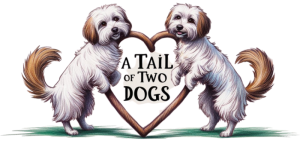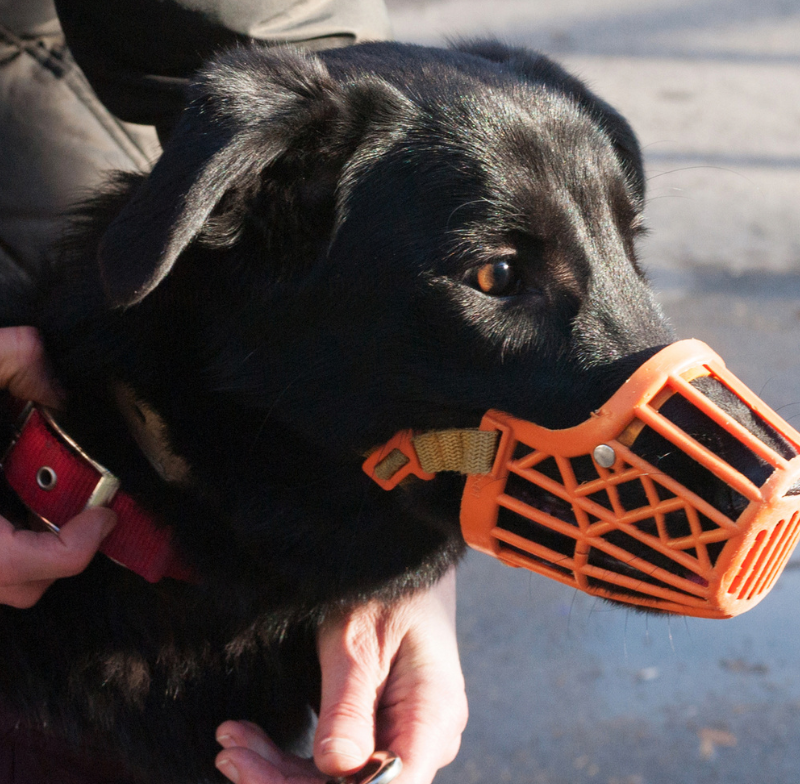Hip dysplasia is a common orthopaedic condition affecting many dog breeds, particularly large and medium-sized ones. It occurs when the hip joint doesn’t develop properly, leading to joint instability, pain, and arthritis over time. This condition is influenced by genetics, diet, weight, and exercise levels. In the UK, several breeds are particularly prone to hip dysplasia, making early detection and proper management crucial for their well-being.
What Is Dog Hip Dysplasia?
Hip dysplasia is a developmental disorder where the ball-and-socket joint of the hip doesn’t fit together correctly. Instead of a smooth, gliding motion, the joint grinds, leading to deterioration, loss of function, and eventually arthritis. This condition can range from mild to severe and may manifest early in life or as the dog ages.
Genetics play a major role in hip dysplasia, but environmental factors such as overfeeding, rapid growth, and improper exercise can worsen the condition. Larger breeds are particularly at risk, though smaller breeds can also develop the disorder.
Signs of Hip Dysplasia in Dogs
Recognizing hip dysplasia early can help manage its effects and improve your dog’s quality of life. Common symptoms include:
- Difficulty rising, jumping, or climbing stairs
- Stiffness after exercise or sleep
- Decreased activity levels
- A “bunny-hopping” gait
- Hind limb lameness or weakness
- Pain or discomfort when touched around the hips
- Muscle loss in the hind legs
- Audible clicking or grinding from the hip joint
If you notice these signs, consult a vet for an examination, which may include X-rays to confirm the diagnosis.
How to Deal with the Effects of Hip Dysplasia
While hip dysplasia can’t be cured, several treatment options help manage pain and improve mobility:
- Weight management: Keeping your dog at a healthy weight reduces strain on the joints.
- Exercise modification: Low-impact activities like swimming or controlled walking strengthen muscles without worsening the condition.
- Physical therapy: Hydrotherapy and physiotherapy improve joint function and reduce stiffness.
- Pain relief: Non-steroidal anti-inflammatory drugs (NSAIDs), joint supplements like glucosamine and chondroitin, and omega-3 fatty acids can help manage pain.
- Surgery: In severe cases, procedures such as a total hip replacement or femoral head ostectomy (FHO) may be recommended.
Breeds of Dog Predisposed to Hip Dysplasia in the UK
Several dog breeds in the UK are genetically predisposed to hip dysplasia. Understanding their specific risks can help owners take preventative measures.
Saint Bernard
Saint Bernards are one of the most at-risk breeds for hip dysplasia due to their rapid growth and heavy body weight. Their large size puts extra pressure on their hip joints, leading to early degeneration. Regular weight management, controlled exercise, and joint supplements from a young age can help reduce the risk.
Labrador Retriever
Labrador Retrievers are one of the most popular breeds in the UK but are unfortunately prone to hip dysplasia. Their genetics play a significant role, but their tendency to overeat and gain weight worsens joint strain. Responsible breeding, a well-balanced diet, and regular exercise can help prevent severe cases.
Golden Retriever
Golden Retrievers share similar risks with Labradors due to their genetic predisposition. As active and playful dogs, they often put a lot of strain on their joints, which can accelerate hip issues. Monitoring their weight and avoiding high-impact activities, especially in puppies, can help preserve joint health.
German Shepherd
German Shepherds are highly susceptible to hip dysplasia due to a combination of genetics and their distinctive sloping back, which affects their hip alignment. Proper breeding practices have helped reduce the prevalence, but careful exercise, weight control, and early screening are crucial to managing this breed’s risk.
Rottweiler
Rottweilers are muscular and heavy dogs, making them prone to joint issues, including hip dysplasia. Their robust build places significant pressure on their hips, leading to early arthritis if not managed properly. A well-balanced diet, regular low-impact exercise, and joint supplements can help maintain mobility.
Newfoundland
Newfoundlands are another giant breed at high risk for hip dysplasia due to their large size and fast growth rate. Their heavy bone structure makes it difficult for underdeveloped hip joints to function properly. Regular veterinary screenings and hydrotherapy can help keep their joints healthy.
Shetland Sheepdog
Although Shetland Sheepdogs are smaller than most breeds prone to hip dysplasia, they can still develop the condition. Genetics play a key role, and while they are active dogs, excessive jumping and running on hard surfaces can worsen joint problems. Moderate exercise and a healthy diet help manage risks.
French Bulldog
French Bulldogs are a brachycephalic breed that is primarily known for breathing difficulties, but they are also at risk for hip dysplasia. Their compact bodies and short legs can contribute to abnormal hip development. Owners should monitor their weight carefully and provide supportive bedding and gentle exercise.
Pug
Pugs are prone to hip dysplasia despite their small size. Their stocky build and genetic predisposition make them vulnerable. Since they also struggle with obesity, keeping them at a healthy weight is essential to reducing joint strain. Short, frequent walks and a controlled diet can help manage their condition.
Boxer
Boxers are energetic dogs with a muscular build, but their genetics make them susceptible to hip dysplasia. They often remain active despite joint pain, which can worsen the condition over time. Regular vet check-ups, joint support supplements, and modified exercise routines can help reduce discomfort.
Poodle (Standard and Miniature)
Standard and Miniature Poodles are both at risk for hip dysplasia, though the condition is more common in the Standard variety. Their lean build may not show symptoms as early as heavier breeds, but genetic testing and careful breeding practices help reduce the risk. Providing supportive bedding and avoiding excessive stair climbing can protect their joints.
Preventing Hip Dysplasia in At-Risk Breeds
Although some factors like genetics cannot be changed, there are ways to minimize the impact of hip dysplasia:
- Choose a reputable breeder: Responsible breeders perform hip scoring tests on parent dogs to reduce the risk of passing on the condition.
- Control diet and weight: Avoid overfeeding and use high-quality dog food to support joint health.
- Provide appropriate exercise: Avoid excessive running or jumping in puppies, as this can stress developing joints. Opt for low-impact activities like swimming.
- Use joint supplements: Glucosamine, chondroitin, and omega-3 fatty acids support cartilage health and reduce inflammation.
- Regular veterinary check-ups: Early detection through X-rays and physical exams can help start treatment before severe symptoms develop.
Hip dysplasia is a serious concern for many dog breeds in the UK, especially large and medium-sized ones. Understanding which breeds are predisposed to this condition helps owners take proactive steps to manage and prevent its effects. Whether you own a Saint Bernard, Labrador Retriever, German Shepherd, or Pug, early detection and proper care can make a significant difference in your dog’s comfort and mobility. With the right diet, exercise, and veterinary support, dogs with hip dysplasia can lead happy, fulfilling lives.
Featured Image by Andreas Riedelmeier from Pixabay
Discover more from A Tail of Two Dogs
Subscribe to get the latest posts sent to your email.





Leave a Reply